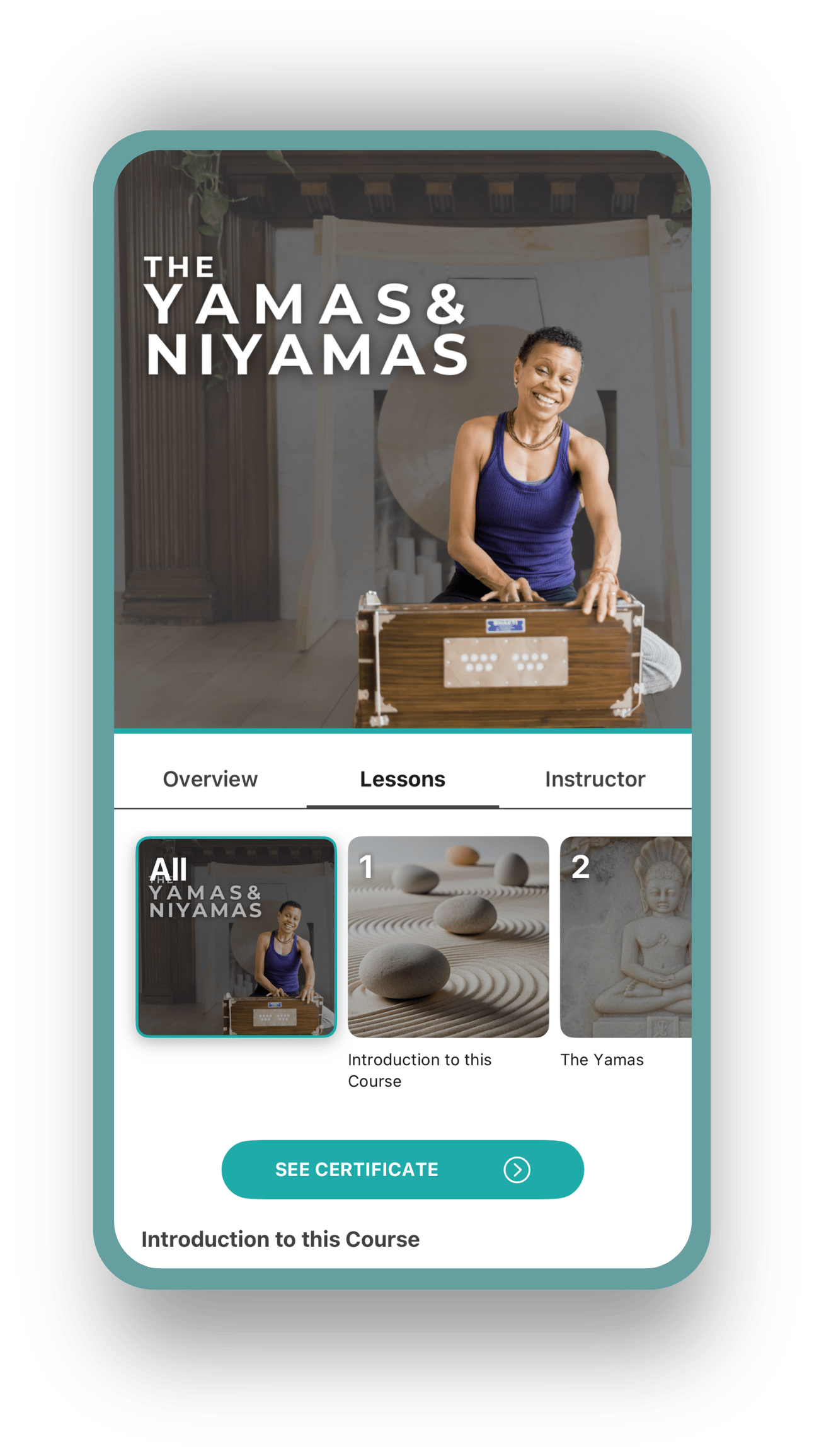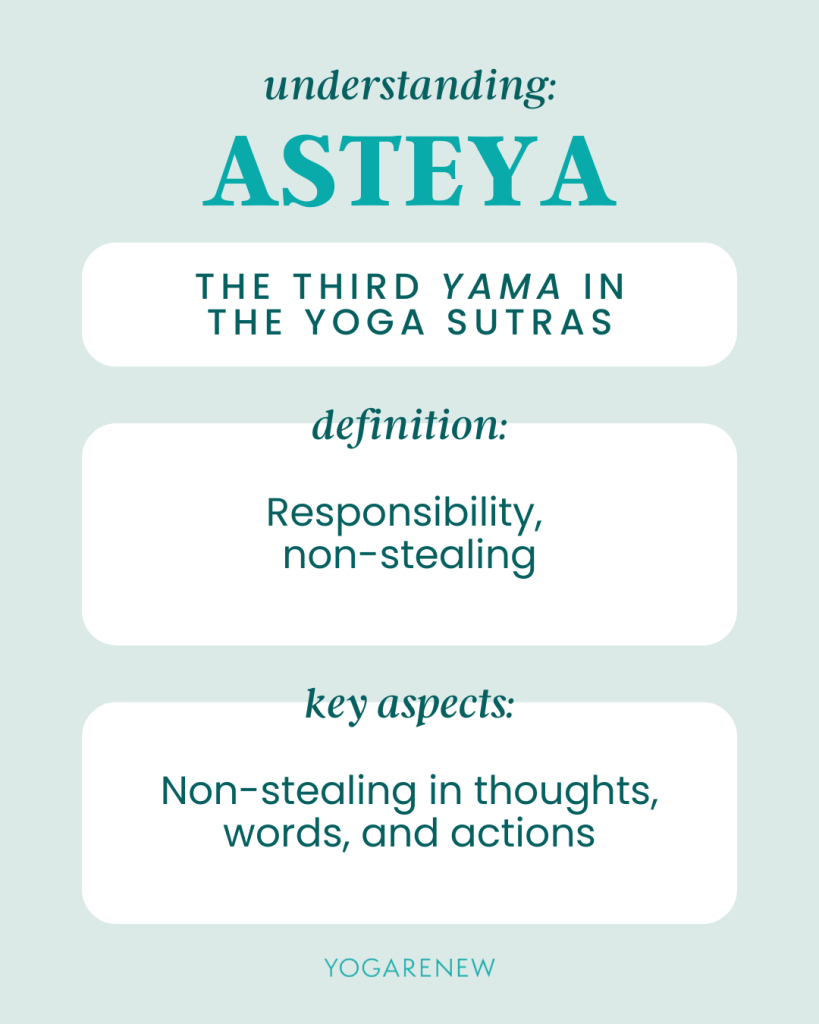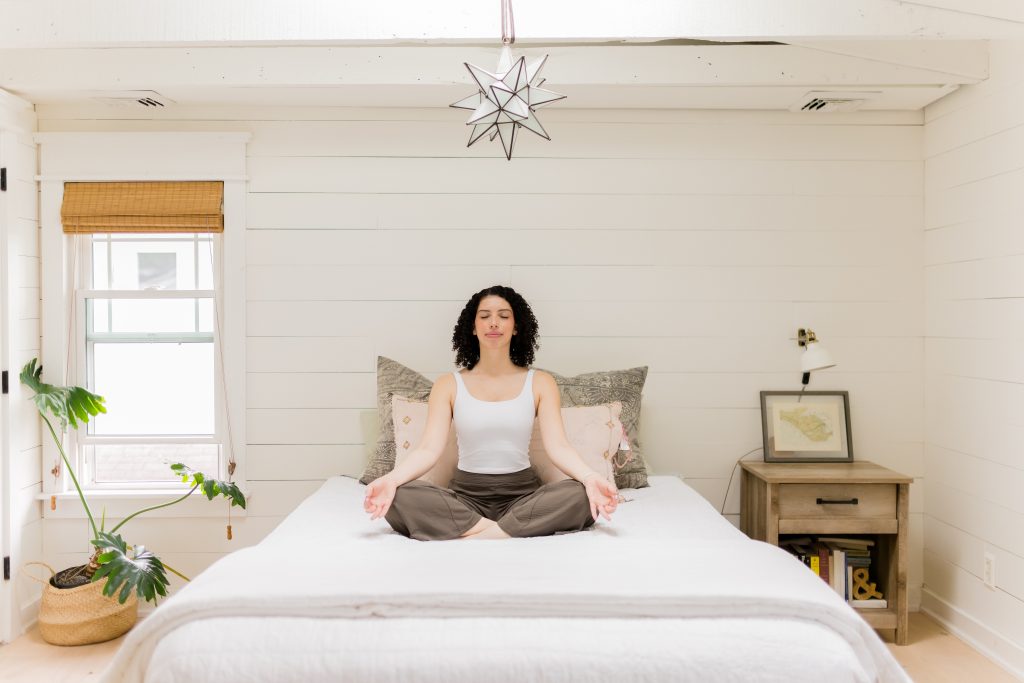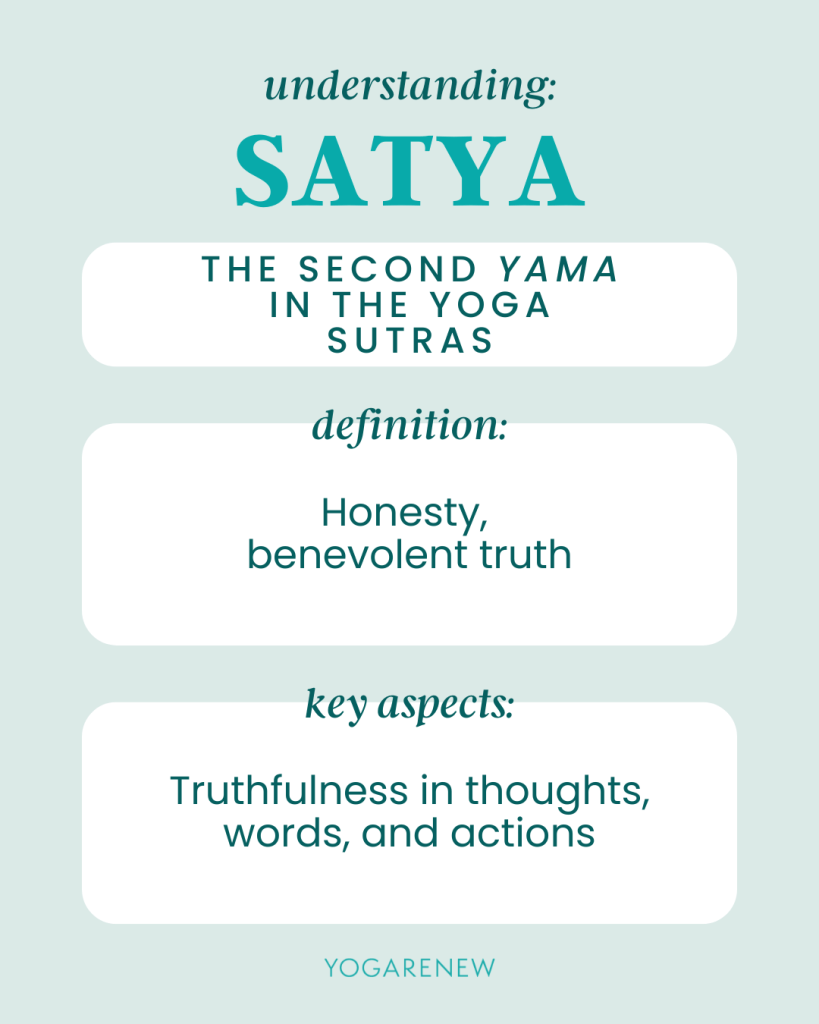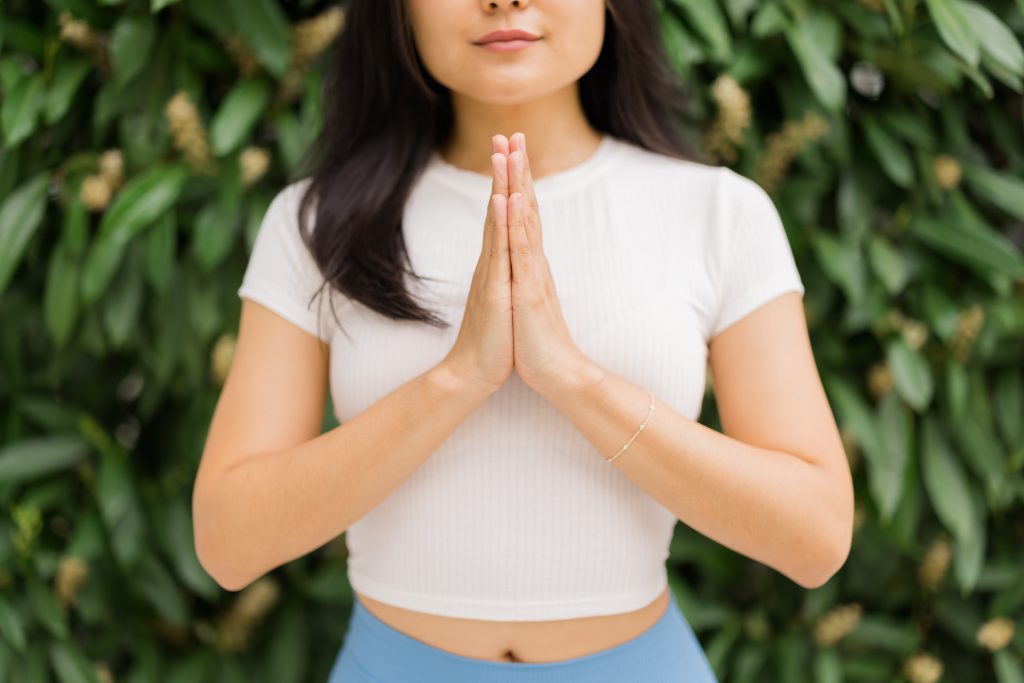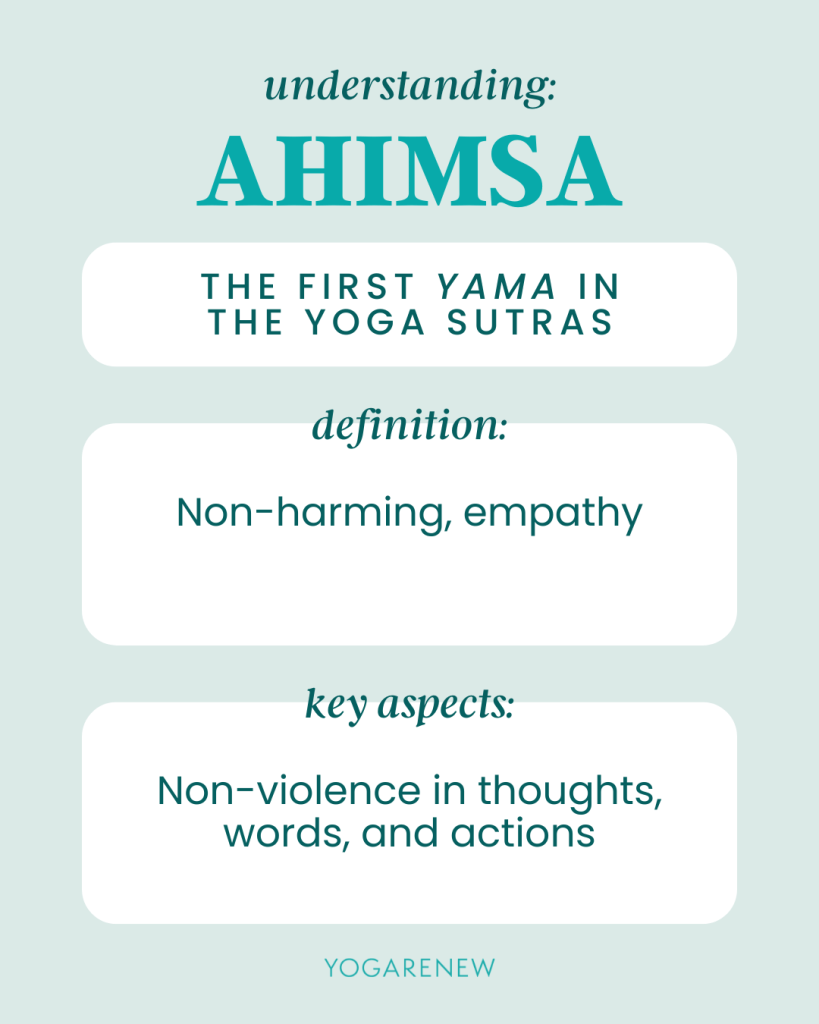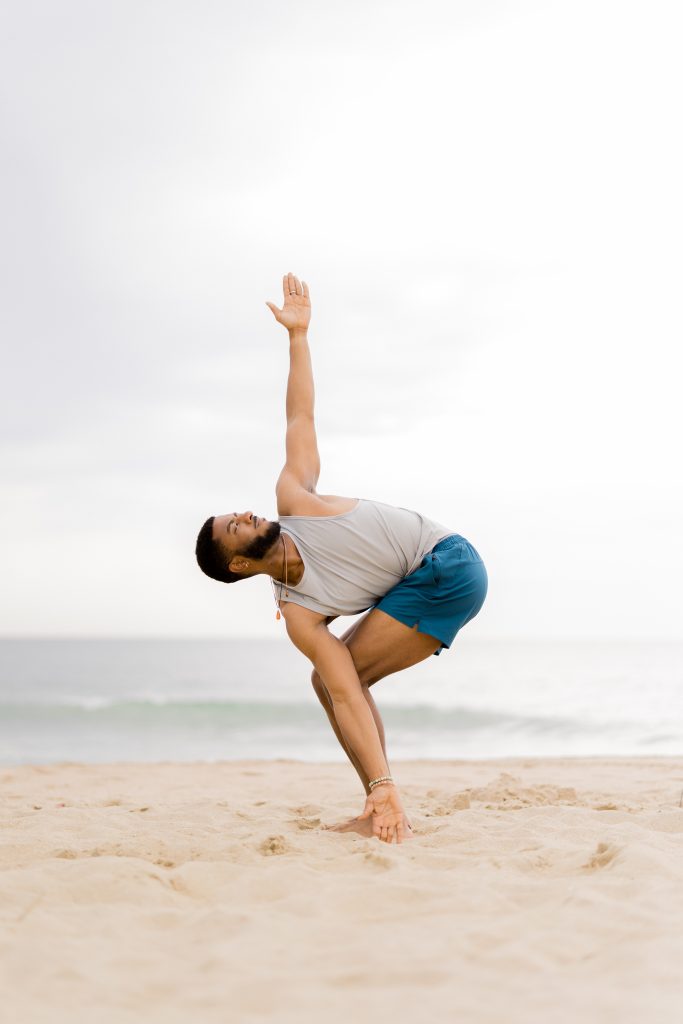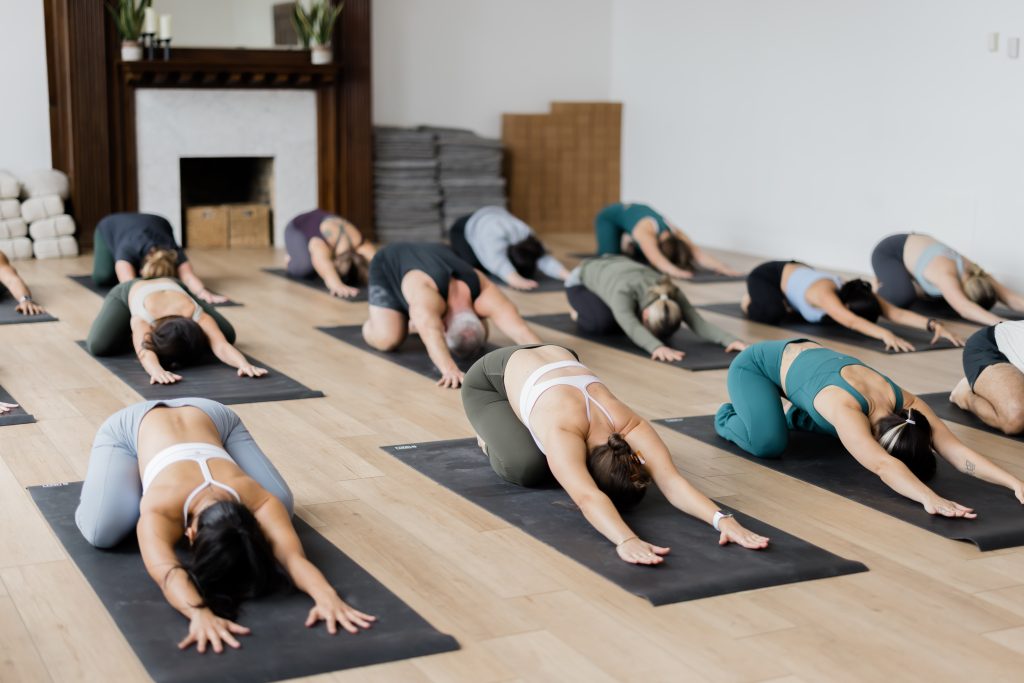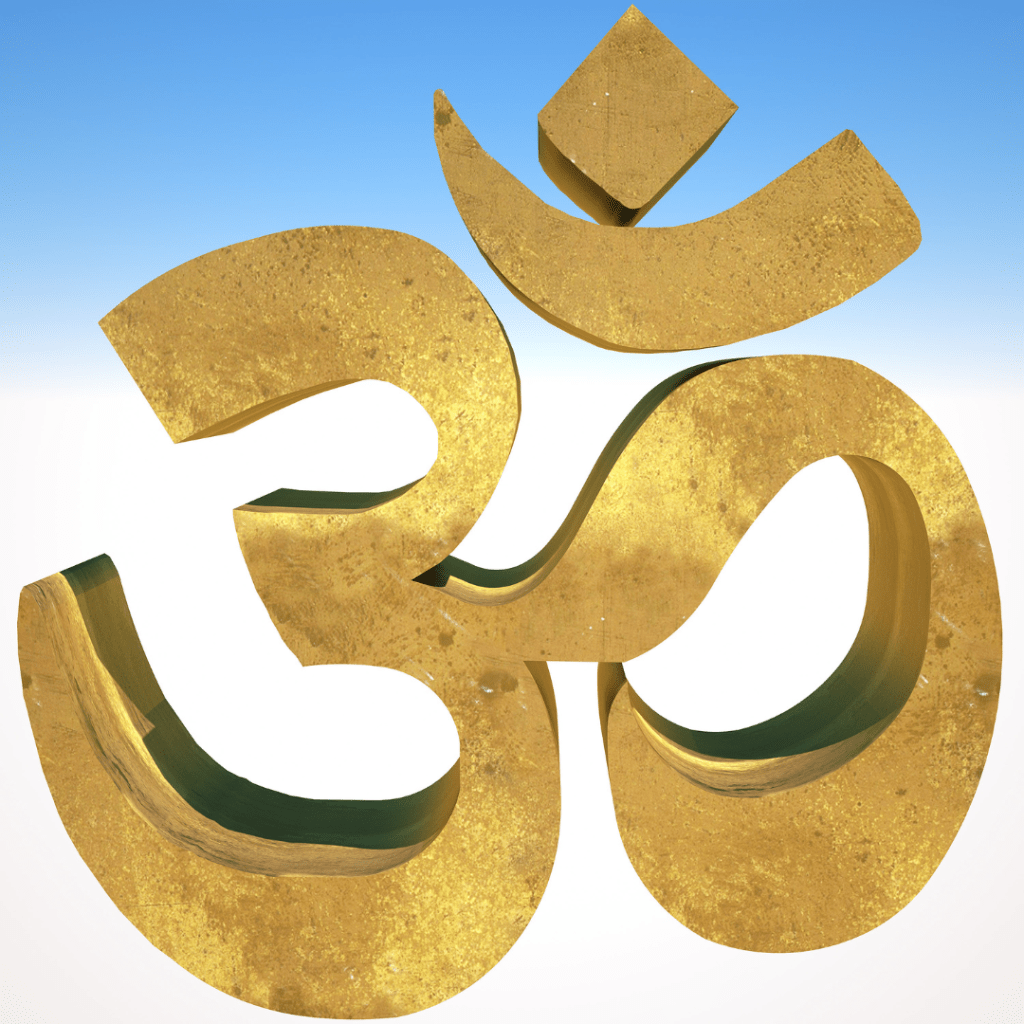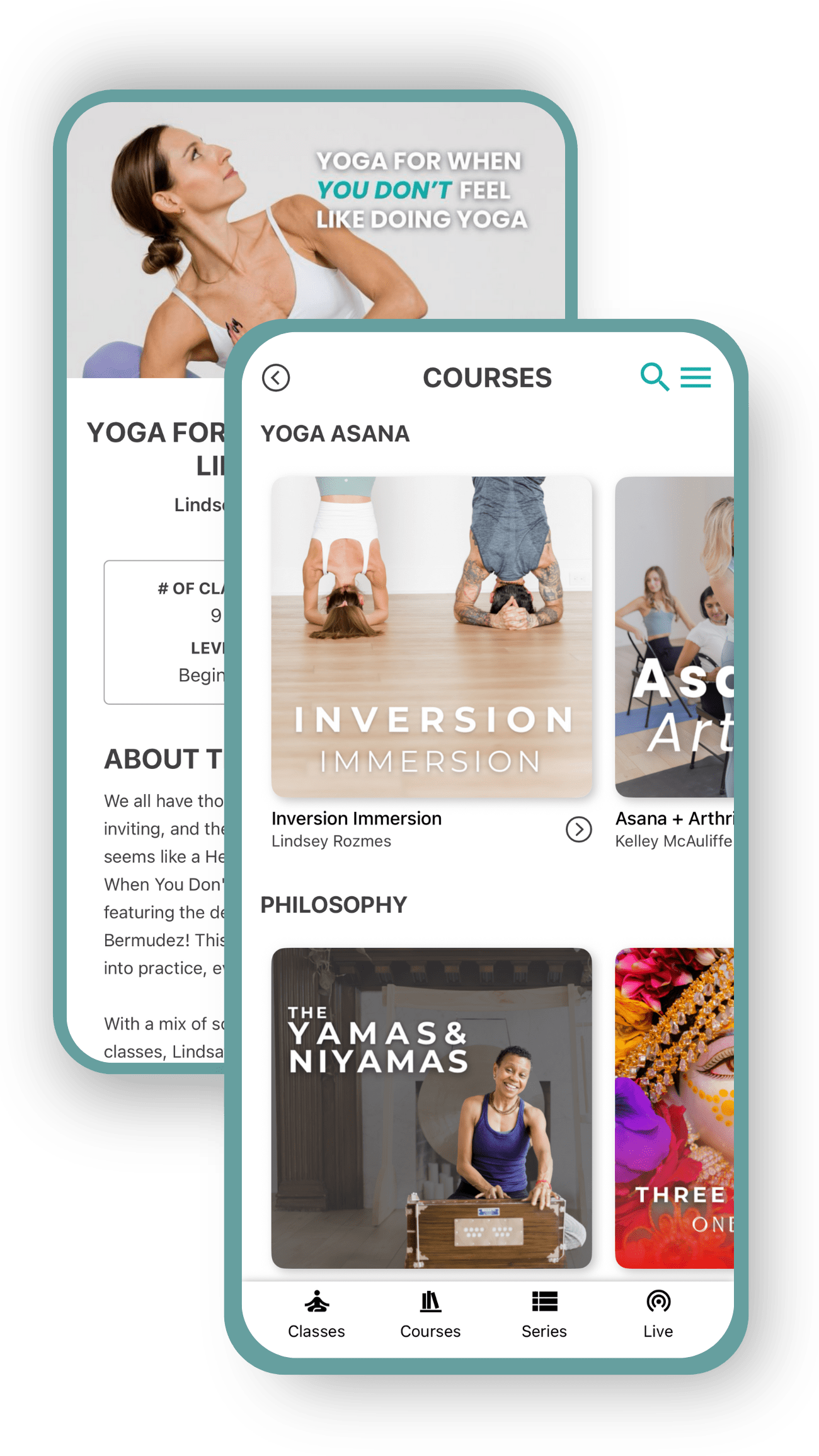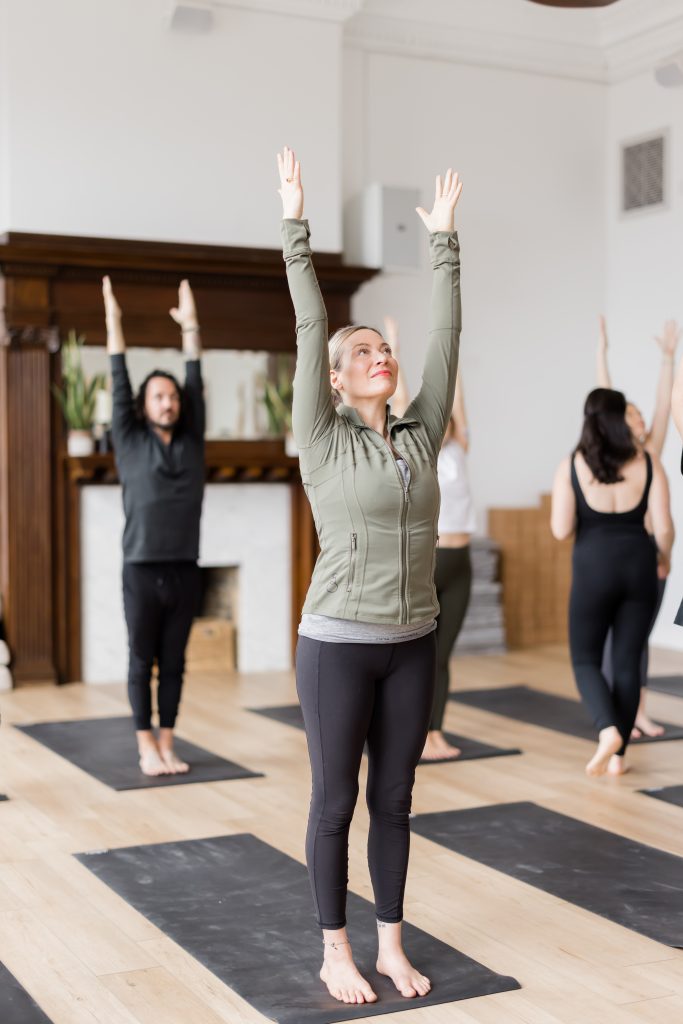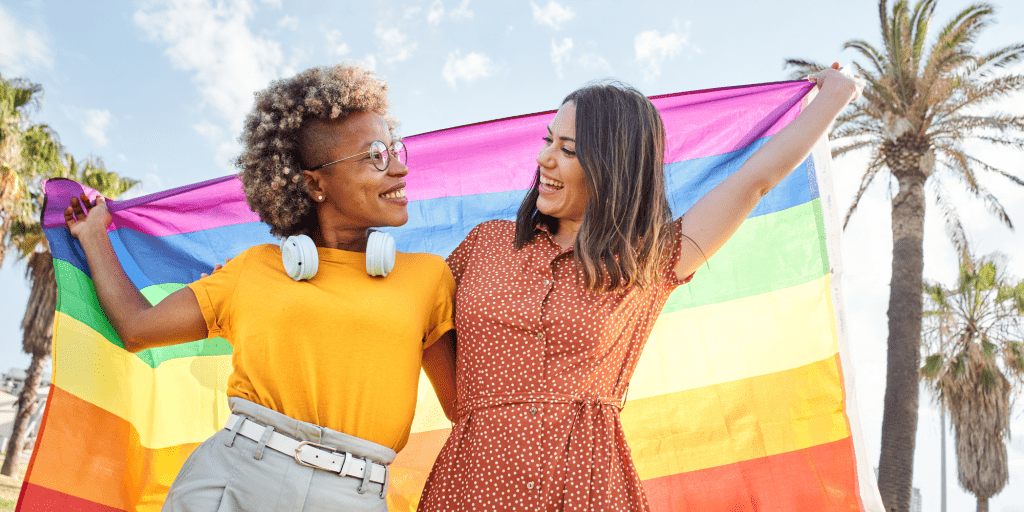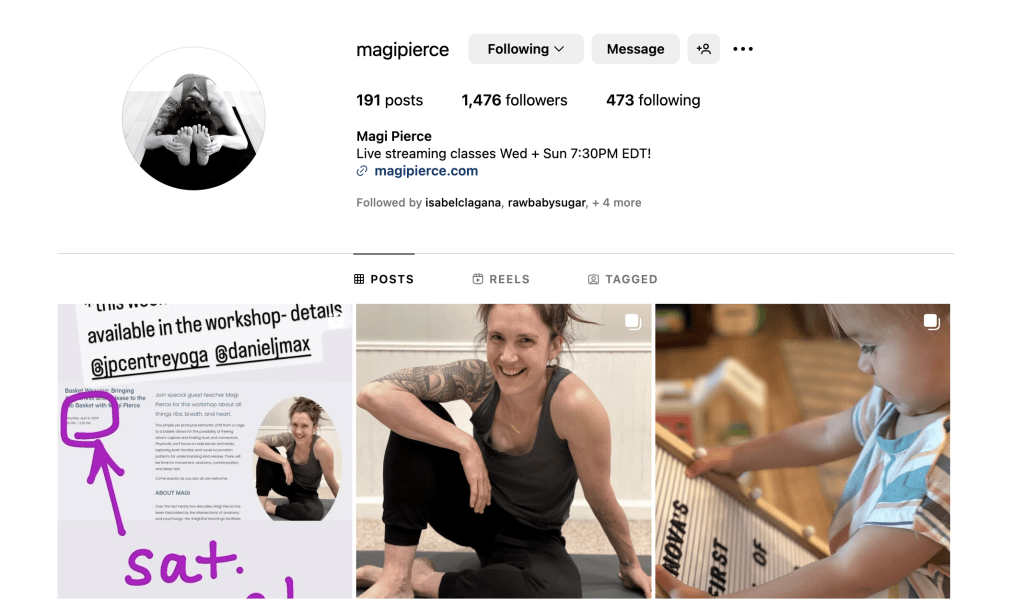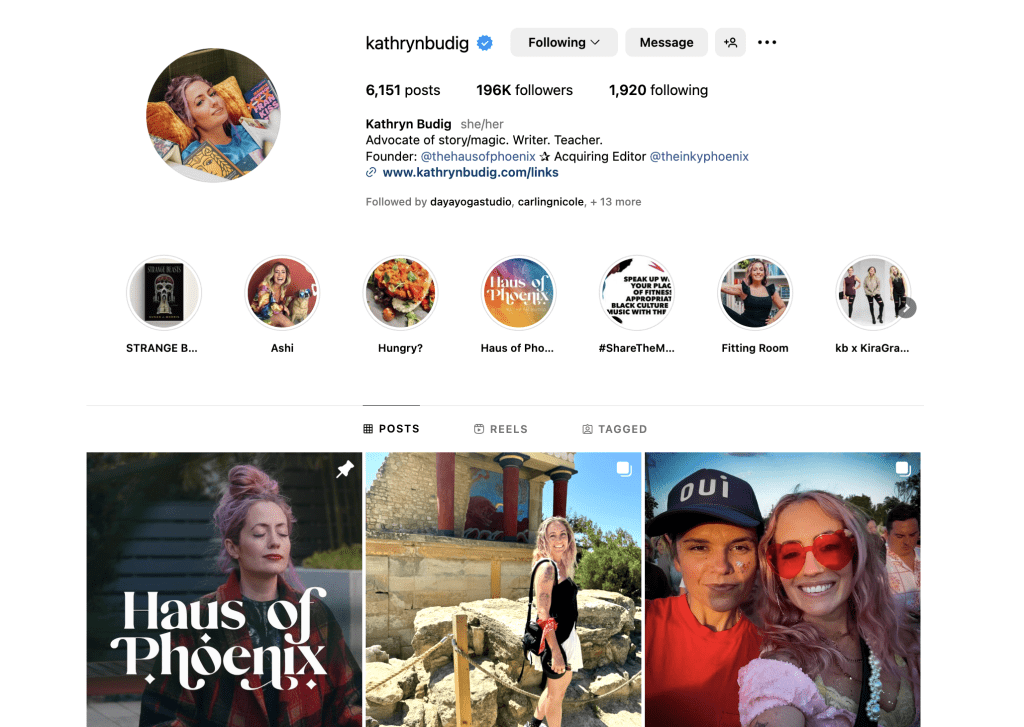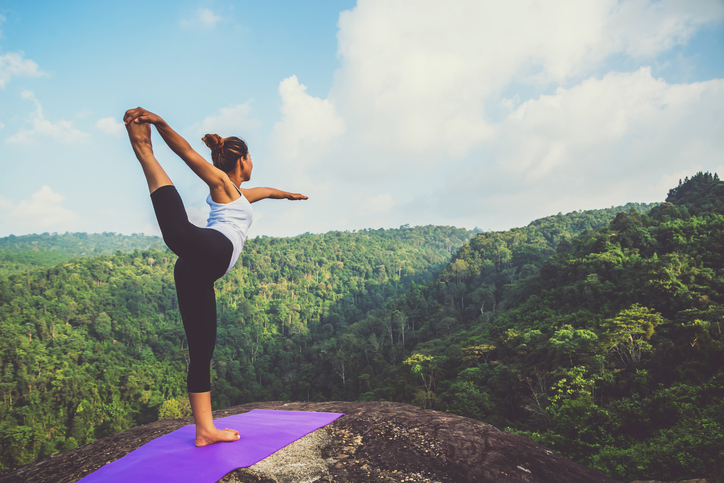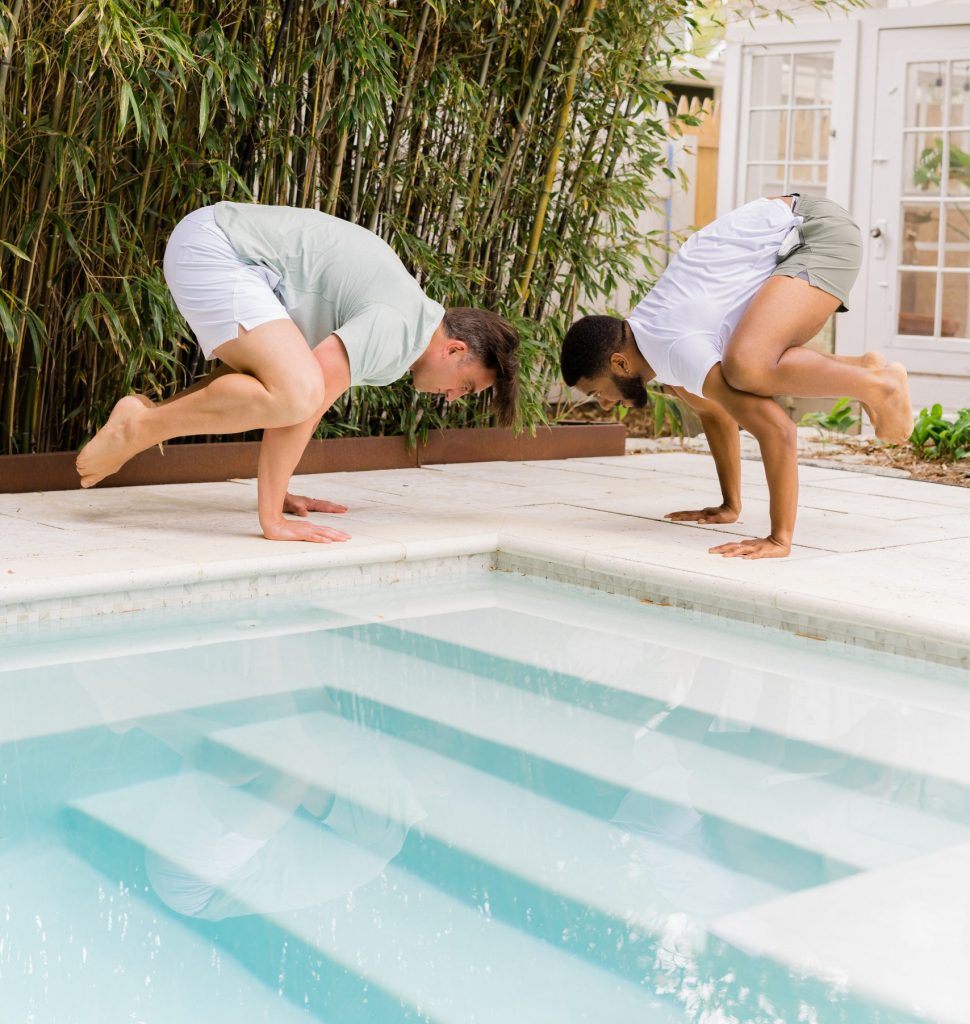
Brahmacharya, a profound principle in the practice of yoga, offers guidance on how to live a life of moderation and balance. Derived from Sanskrit, Brahmacharya is often translated as “celibacy” or “chastity,” but its deeper meaning encompasses the responsible use of energy and living in alignment with our higher purpose. In this blog post, we will explore the significance of Brahmacharya within yogic practices and how embracing this principle can lead to a more balanced, mindful, and fulfilling life.
Understanding Brahmacharya in Yoga
Brahmacharya is the fourth Yama in the Yoga Sutras of Patanjali, following Ahimsa (non-violence), Satya (truthfulness), and Asteya (non-stealing). It emphasizes the importance of conserving and directing our vital energy (prana) towards personal growth and spiritual development. By practicing Brahmacharya, we cultivate self-discipline and balance in our physical, mental, and emotional lives.
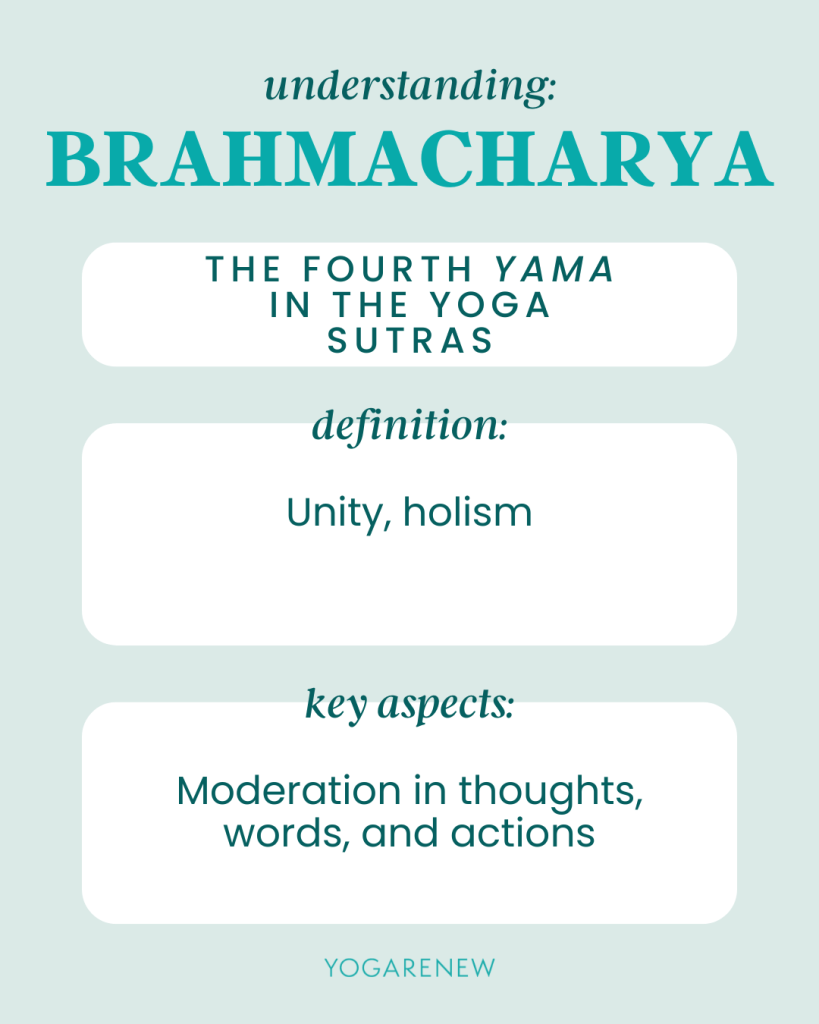
Understanding Brahmacharya: The Fourth Yama in the Yoga Sutras. Definition: unity, holism. Key aspects: Moderation in thoughts, words, and actions.
Brahmacharya on the Mat: Physical Practice
In the context of yoga practice, Brahmacharya encourages us to approach our physical practice with mindfulness and moderation.
Here’s how Brahmacharya can be applied on the mat:
- Balanced Effort: Avoid overexertion and underexertion in your practice. Find the middle path by practicing with steady effort and mindful awareness.
- Mindful Presence: Focus on the present moment and be fully engaged in your practice. This helps conserve mental energy and fosters a deeper connection to your body and breath.
- Respecting Boundaries: Be mindful of your body’s limits and avoid pushing yourself too hard. Practice self-care and listen to your body’s signals.
Brahmacharya in Everyday Life
Brahmacharya extends into every aspect of our daily lives, guiding us to live with intention and moderation.
Here are some ways to integrate Brahmacharya into your daily routine:
- Mindful Consumption: Practice moderation in all forms of consumption, whether it’s food, media, or material possessions. Make conscious choices that support your well-being and avoid overindulgence.
- Energy Management: Be mindful of how you use your energy throughout the day. Prioritize activities that nourish your body, mind, and spirit, and avoid activities that drain your energy.
- Healthy Relationships: Foster balanced and respectful relationships. Practice moderation in your interactions and avoid codependency or emotional extremes.
Fostering Brahmacharya in Relationships
Brahmacharya fosters healthy and balanced relationships by encouraging us to approach our interactions with mindfulness and respect. Practicing Brahmacharya in relationships involves:
- Respectful Boundaries: Acknowledge and honor the personal boundaries of others. Avoid excessive attachment or dependency.
- Quality Over Quantity: Focus on the quality of your relationships rather than the quantity. Invest your energy in meaningful connections that support mutual growth and well-being.
- Balanced Interaction: Engage in interactions that are mutually supportive and respectful. Avoid dominating conversations or neglecting the needs of others.
Brahmacharya and the Journey to Inner Peace
Embracing Brahmacharya cultivates inner peace by fostering a sense of balance and moderation. By conserving our energy and living mindfully, we reduce stress and create a harmonious inner environment. This inner balance allows us to live more freely and joyfully, aligned with our higher purpose.
Incorporating Brahmacharya into our yogic practice and daily lives is a continuous journey of self-awareness and growth. It challenges us to live with intention, moderation, and balance, fostering deeper connections with ourselves and others. As we embrace Brahmacharya, we align more closely with the true essence of yoga—unity, harmony, and inner peace.
By living with a mindset of moderation and balance, we create a ripple effect of mindfulness and well-being in the world, inspiring others to join us on this transformative path. Let Brahmacharya guide you both on and off the mat, nurturing a life of integrity, connection, and inner tranquility.
Continue Reading...
Aparigraha
Take a Journey Through the Yamas/Niyamas
Enhance your spiritual journey with incredible insight on the Yamas/Niyamas in Julie Pasqual’s immersive and transformative online course. Get started for free, and gain access to YogaRenew’s app with all of our workshops, classes, series and live events.


